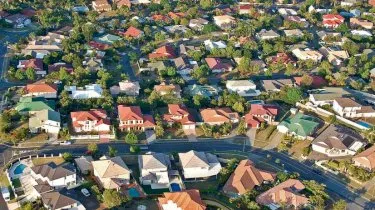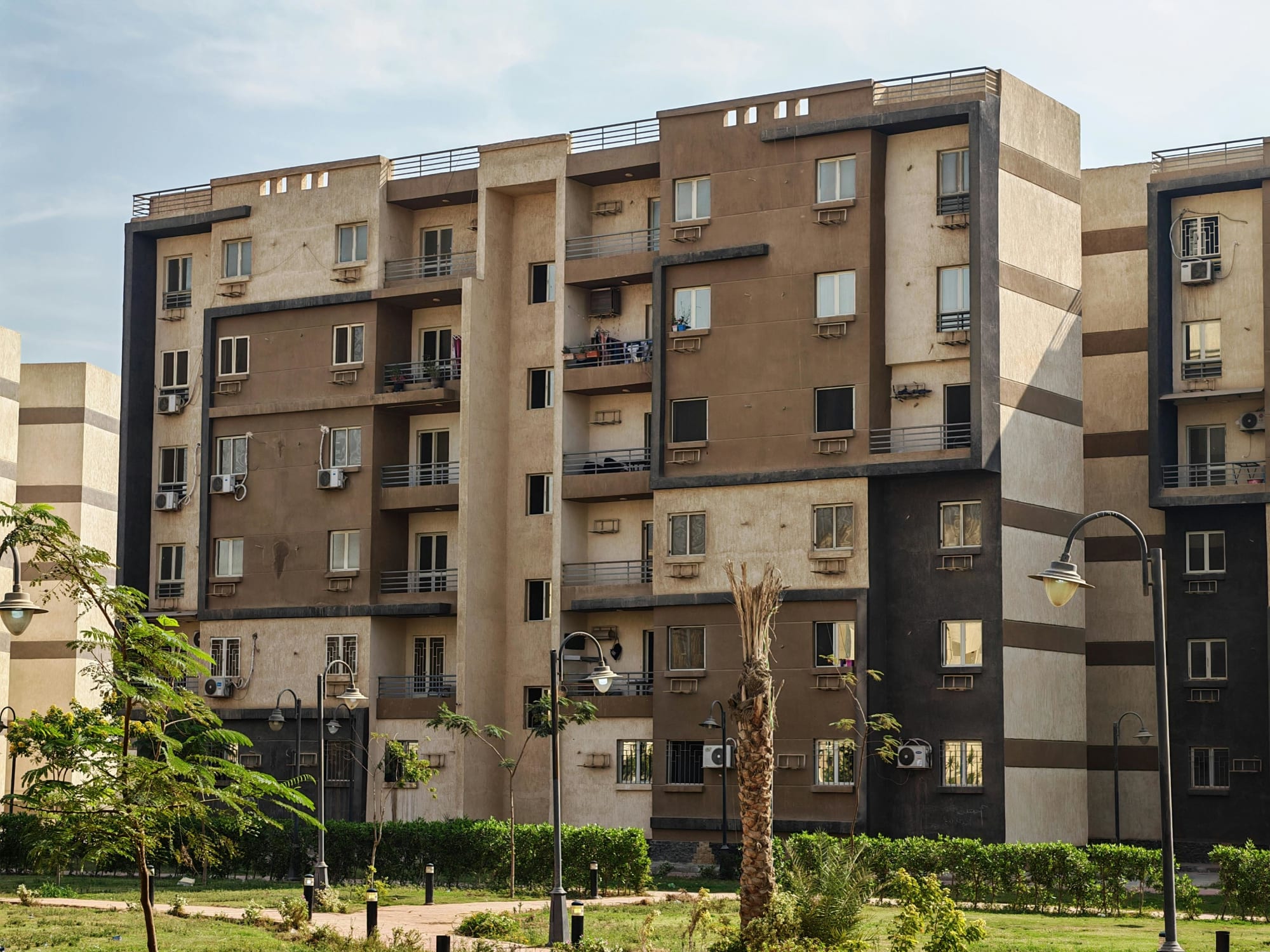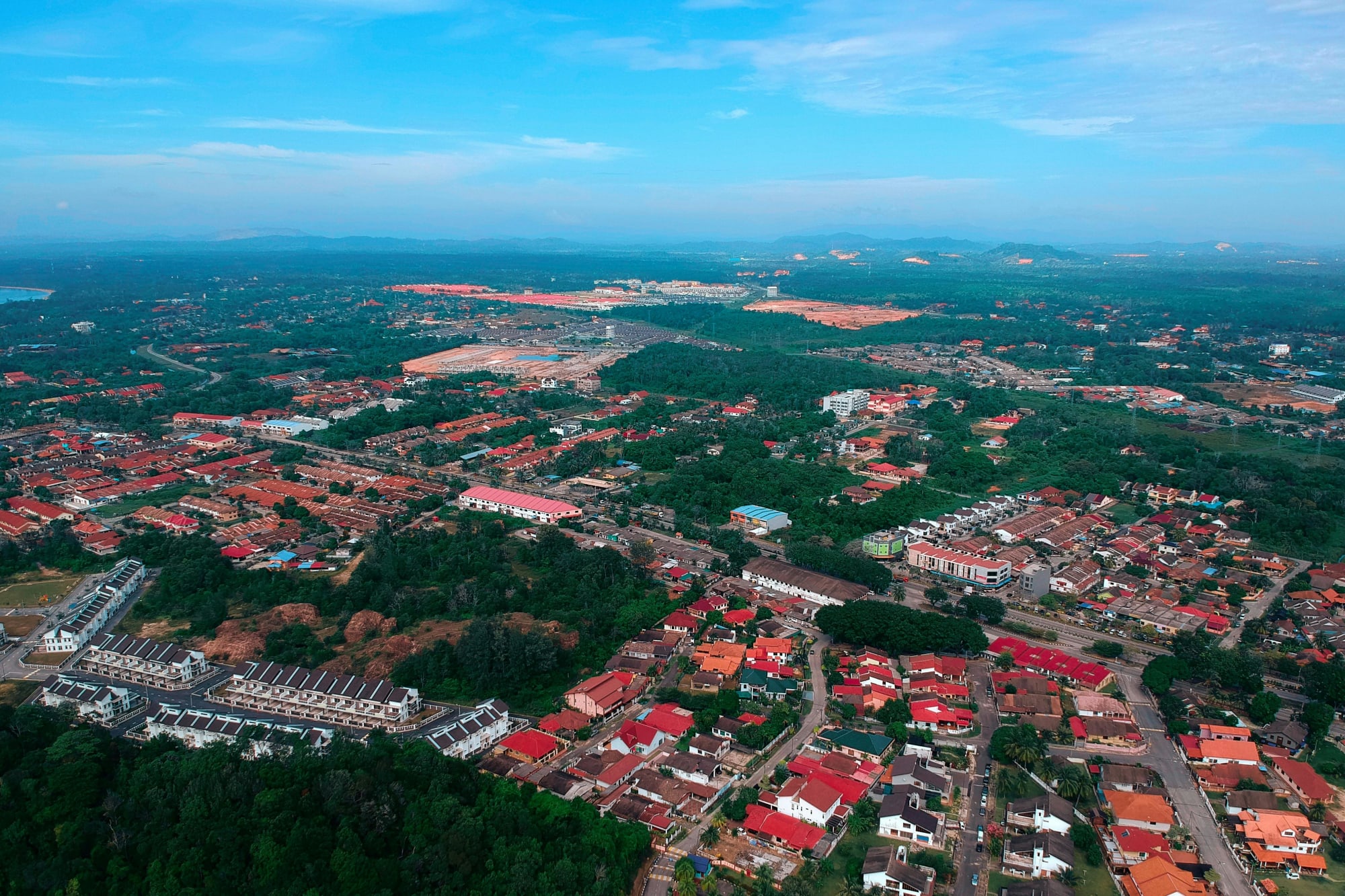Invest
200 per cent gains in property values nationwide despite big market upsets
Invest
200 per cent gains in property values nationwide despite big market upsets
Despite huge market events in the last two decades, fresh data shows massive growth nationwide in property values.
200 per cent gains in property values nationwide despite big market upsets
Despite huge market events in the last two decades, fresh data shows massive growth nationwide in property values.

A look over the last 20 years’ worth of property market data by CoreLogic research analyst Cameron Kusher revealed an impressive run of value growth.
Over the 12 months to January 2019, national property values declined by 5.6 per cent and is considered by CoreLogic to be the largest decline since March 2009 (the height of the global financial crisis). Both combined capitals and regional markets saw declines – 6.9 per cent and 0.8 per cent, respectively.
However, Mr Kusher found dwelling values have soared by 197.4 per cent over the last 20 years to January 2019, with the combined capital cities rising by 212.4 per cent, followed by the regional markets with 150.3 per cent growth.
Among the other capital cities, Canberra rose by 230 per cent, Sydney 201.9 per cent, Adelaide 193.8 per cent, Brisbane 182.8 per cent, Perth 148 per cent.

Darwin was the only market not to see triple-digit price growth, with values up by a more subdued 38.4 per cent.
“The housing market is seeing several headwinds that have not been seen for some time,” Mr Kusher said.
“Throughout most of the past 20 years, credit has been becoming easier to access; since late 2014, credit has increasingly become harder to access. Furthermore, ongoing strong value growth in Sydney, Melbourne and Hobart has seen housing affordability rapidly deteriorate over recent years.
“Finally, economic conditions outside of NSW and [Victoria] have tended to be quite weak over recent years, which has curtailed housing demand in these markets.”
1999 to 2004
CoreLogic analysis determined the last five years to January 2004 was the strongest five-year period for value growth over the last two decades, as dwelling values rose by 80.2 per cent, with combined capitals up 79.6 per cent and regionals up 82 per cent.
Canberra stood out for this time period, rising 110.9 per cent. Darwin was the only capital city to see values fall, with a decline of 3.9 per cent.
2004 to 2009
The next time period of 2004 to 2009 saw growth become more subdued by comparison, Mr Kusher said. Overall, values rose by 14.9 per cent, capital city values were up 15.2 per cent and regionals rising 14.2 per cent.
“While the headline figures show little growth, it was quite a different story within different regions with some of the smaller housing markets experiencing big gains,” Mr Kusher said.
Hobart saw the strongest capital city value rise of 57.1 per cent, while Sydney declined by 4.6 per cent. Regional WA saw values balloon off the back of the mining boom, rising 80.9 per cent.
2009 to 2014
A post-GFC and post-mining boom environment saw much more moderate overall growth in values of 20.3 per cent, with capital city values rising 25.3 per cent and regionals edging up by 4.8 per cent.
Sydney managed to see the strongest growth for this period, with a rise of 36.5 per cent, while Brisbane saw the weakest growth, rising by 5 per cent.
2014 to 2019
The most recent time period has seen property values rise by 19.4 per cent, with capital city values rising by 20.6 per cent and regionals up by 14.9 per cent.
Hobart stands out as the capital city experiencing the strongest growth for the period, rising 35.1 per cent, while Darwin recorded the least, declining 24.4 per cent.

Property
Australia’s mortgage knife‑fight: investors, first‑home buyers and the new rules of lender competition
The mortgage market is staying hot even as rate relief remains elusive, with investors and first‑home buyers chasing scarce stock and lenders fighting for share on price, speed and digital experienceRead more

Property
Breaking Australia’s three‑property ceiling: the finance‑first playbook for scalable portfolios
Most Australian investors don’t stall at three properties because they run out of ambition — they run out of borrowing capacity. The ceiling is a finance constraint disguised as an asset problem. The ...Read more

Property
Gen Z's secret weapon: Why their homebuying spree could flip Australia's housing market
A surprising share of younger Australians are preparing to buy despite affordability headwinds. One in three Gen Z Australians intend to purchase within a few years and 32 per cent say escaping rent ...Read more

Property
Tasmania’s pet-positive pivot: What landlords, BTR operators and insurers need to do now
Tasmania will soon require landlords to allow pets unless they can prove a valid reason to refuse. This is more than a tenancy tweak; it is a structural signal that the balance of power in rental ...Read more

Property
NSW underquoting crackdown: the compliance reset creating both cost and competitive edge
NSW is moving to sharply increase penalties for misleading price guides, including fines linked to agent commissions and maximum penalties up to $110,000. Behind the headlines sits a more ...Read more

Property
ANZ’s mortgage growth, profit slump: why volume without margin won’t pay the dividends
ANZ lifted home-lending volumes, yet profits fell under the weight of regulatory and restructuring costs—an object lesson in the futility of growth that doesn’t convert to margin and productivityRead more

Property
Rate pause, busy summer: where smart capital wins in Australia’s property market
With the Reserve Bank holding rates steady, the summer selling season arrives with rare predictability. Liquidity will lift, serviceability stops getting worse, and sentiment stabilises. The ...Read more

Property
The 2026 Suburb Thesis: A case study in turning trend lists into investable strategy
A new crop of ‘suburbs to watch’ is hitting headlines, but translating shortlist hype into bottom-line results requires more than a map and a mood. This case study shows how a disciplined, data-led ...Read more

Property
Australia’s mortgage knife‑fight: investors, first‑home buyers and the new rules of lender competition
The mortgage market is staying hot even as rate relief remains elusive, with investors and first‑home buyers chasing scarce stock and lenders fighting for share on price, speed and digital experienceRead more

Property
Breaking Australia’s three‑property ceiling: the finance‑first playbook for scalable portfolios
Most Australian investors don’t stall at three properties because they run out of ambition — they run out of borrowing capacity. The ceiling is a finance constraint disguised as an asset problem. The ...Read more

Property
Gen Z's secret weapon: Why their homebuying spree could flip Australia's housing market
A surprising share of younger Australians are preparing to buy despite affordability headwinds. One in three Gen Z Australians intend to purchase within a few years and 32 per cent say escaping rent ...Read more

Property
Tasmania’s pet-positive pivot: What landlords, BTR operators and insurers need to do now
Tasmania will soon require landlords to allow pets unless they can prove a valid reason to refuse. This is more than a tenancy tweak; it is a structural signal that the balance of power in rental ...Read more

Property
NSW underquoting crackdown: the compliance reset creating both cost and competitive edge
NSW is moving to sharply increase penalties for misleading price guides, including fines linked to agent commissions and maximum penalties up to $110,000. Behind the headlines sits a more ...Read more

Property
ANZ’s mortgage growth, profit slump: why volume without margin won’t pay the dividends
ANZ lifted home-lending volumes, yet profits fell under the weight of regulatory and restructuring costs—an object lesson in the futility of growth that doesn’t convert to margin and productivityRead more

Property
Rate pause, busy summer: where smart capital wins in Australia’s property market
With the Reserve Bank holding rates steady, the summer selling season arrives with rare predictability. Liquidity will lift, serviceability stops getting worse, and sentiment stabilises. The ...Read more

Property
The 2026 Suburb Thesis: A case study in turning trend lists into investable strategy
A new crop of ‘suburbs to watch’ is hitting headlines, but translating shortlist hype into bottom-line results requires more than a map and a mood. This case study shows how a disciplined, data-led ...Read more








